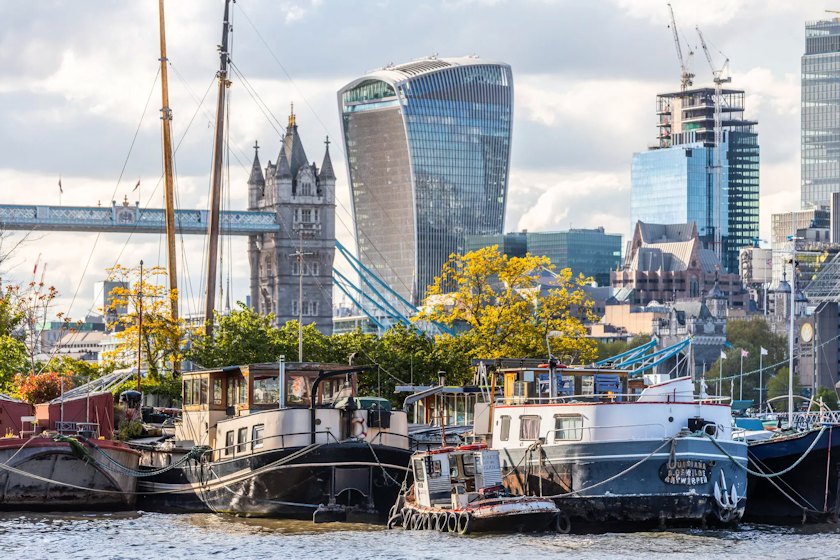
The New York Times recently reported on London’s growing houseboat community. Some of the challenges these houseboaters face will sound quite familiar.
“In London, a Houseboat Used to Be the Affordable Option. Not Anymore,” reads the headline. It’s the old story of supply and demand, according to the Times: “With land-based home prices increasingly out of reach, more Londoners are taking to the water. But as the canals fill up, even this affordable living option is becoming less attainable.”
There are over 4,000 residential boats on London’s waterways, an 86 percent increase over the past decade. Boats without home moorings — the equivalent of Sausalito’s anchor-outs — have more than tripled. “If you don’t have a mooring, they move you on, just like a parking attendant,” said one boater. Since many of these homes are navigable, moving them is not the problem it is here.
“Home prices remain out of reach for many in London, with an average sale price of about 508,000 British pounds ($636,000), a 50 percent increase over the past 10 years,” according to the Times. “Meanwhile, a two-bedroom Dutch barge houseboat in the area will now run you around £190,000 ($238,000).”
The Canal & River Trust is the local regulatory agency for houseboats, and they’ve recently been accused of trying to replace lower-income boaters with more commercial interests.
Houseboats in the River Trust’s jurisdiction require a Boat Safety Scheme certificate, which must be renewed every four years. And for boaters with a permanent mooring, there are mooring fees, paid monthly or annually to the marina owners; one couple’s fee rose by 11 percent this year, to £10,000 ($12,500).